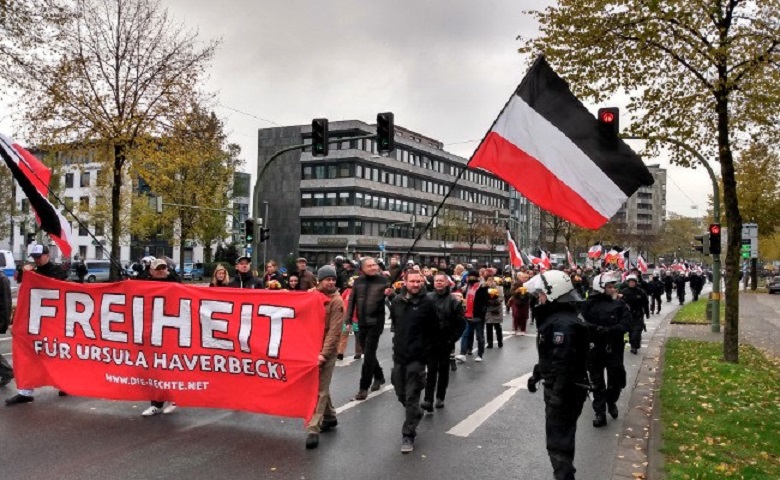
Related Content
November 12, 2019
As Europe marked the 81st anniversary of Kristallnacht, the 1938 pogrom across Germany and Austria that historians consider the beginning of the Holocaust, on November 9, several anti-Semitic incidents occurred during and just after the anniversary. These incidents were a reminder of the continued virulence of anti-Semitism in Europe.
In one of the most brazen and overt displays of anti-Semitism in Europe, reportedly more than 200 neo-Nazis marched on the Kristallnacht anniversary in Bielefeld, Germany, in support of jailed Holocaust denier, Ursula Haverbeck. The Die Reichte (The Right) party, which organized the march, has 650 members throughout Germany, according to Germany’s domestic intelligence service, and has two members who were elected to city councils in Dortmund and Hamm.
Vandalizing a cemetery is a repulsive – but also cowardly – act. Rarely do cemeteries have guards or security cameras, and the direct victims are buried underground. In Denmark, 84 graves at the Randers Jewish cemetery were either painted on or overturned.
While no group claimed responsibility, the olive green paint on the gravestones matches the olive green color used by the Nordic Resistance Movement, the major Scandinavian neo-Nazi group, which operates in Denmark, Sweden, Norway, and Finland. The Nordic Resistance Movement was featured in ADL’s recent report on the internationalization of white supremacy.
Jewish properties were also targeted. Yellow stickers with “Jude,” resembling Nazi yellow stars, were put on the homes of two Jewish families in Denmark.
Several institutions were also vandalized over the weekend in Sweden. The same yellow star stickers were put on the Jewish community center in Stockholm, the Great Synagogue of Stockholm, and on Jewish institutions in Helsingborg.
Whether marching in the street in broad daylight or vandalizing Jewish sites under cover of darkness, choosing the anniversary of Kristallnacht demonstrates the deep depravity of these anti-Semitic acts.











